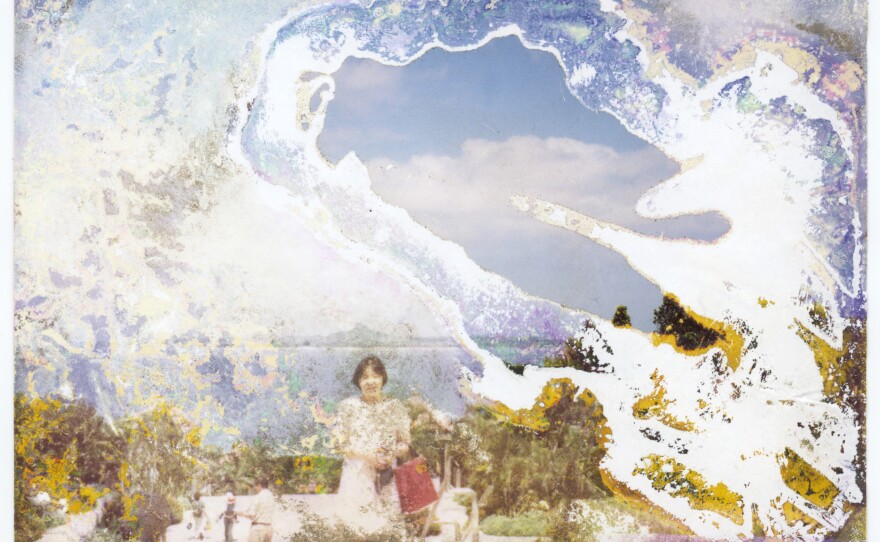On March 11, 2011, an earthquake and tsunami struck the coast of Japan, causing explosions at the Fukushima Daiichi nuclear plant and devastating the region. Nearly 20,000 people were killed, and half a million fled their homes. Photographers from all over came to document and respond to the disaster. Their images have been a crucial way to process the enormity of the day now known in Japan as 3/11.
However, one of the most profound photographic projects highlights images made by those who lived there. Photographer Munemasa Takahashi's Lost & Found Project grew out of Memory Salvage, a volunteer effort to gather and preserve family photographs scattered among the debris in hopes of returning them to their owners. Takahashi put his skills to work and found all kinds of images, from formal portraits made in studios to snapshots from weddings, birthdays and vacations.
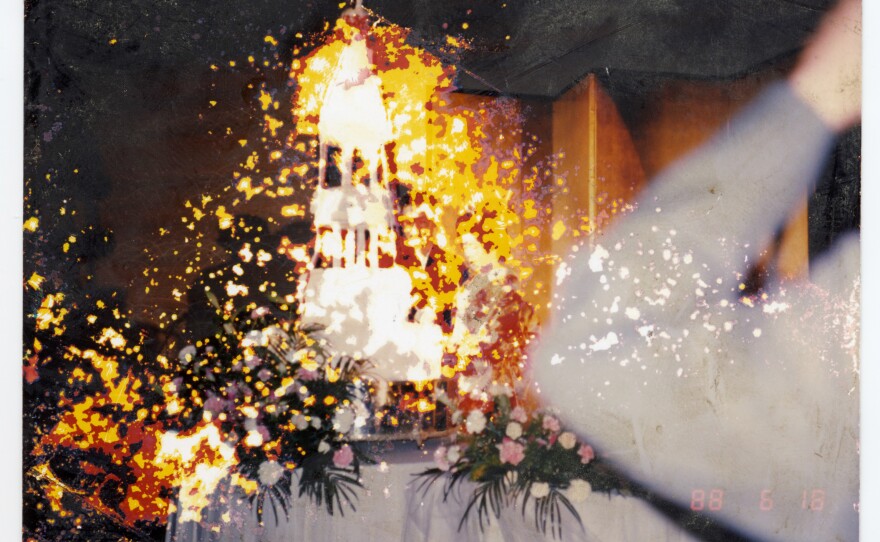
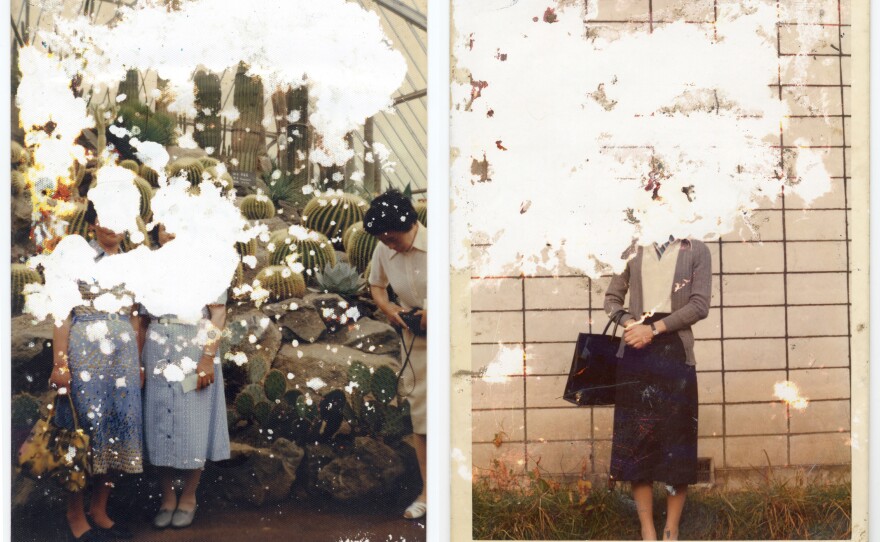
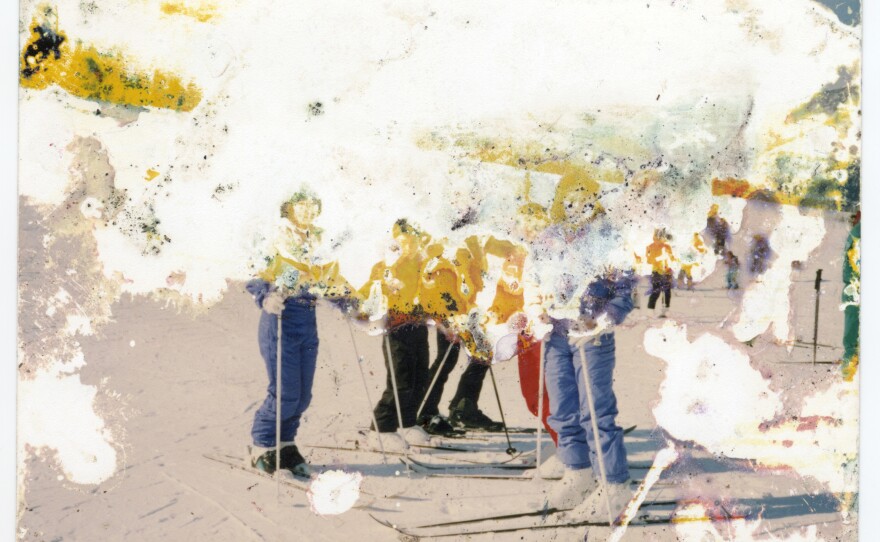
"When I saw lots of people who looked for their own photos from the piles of found photos, I understood that we need memories to live," he said.
Together, these images chronicle not just family history but the momentous and mundane moments of everyday life that were deemed important enough to document. We make and keep family photographs, one of the most important genres of the medium, as a way to remember and define who we are. For families rebuilding their lives after the tsunami, these kinds of images hold a special meaning.
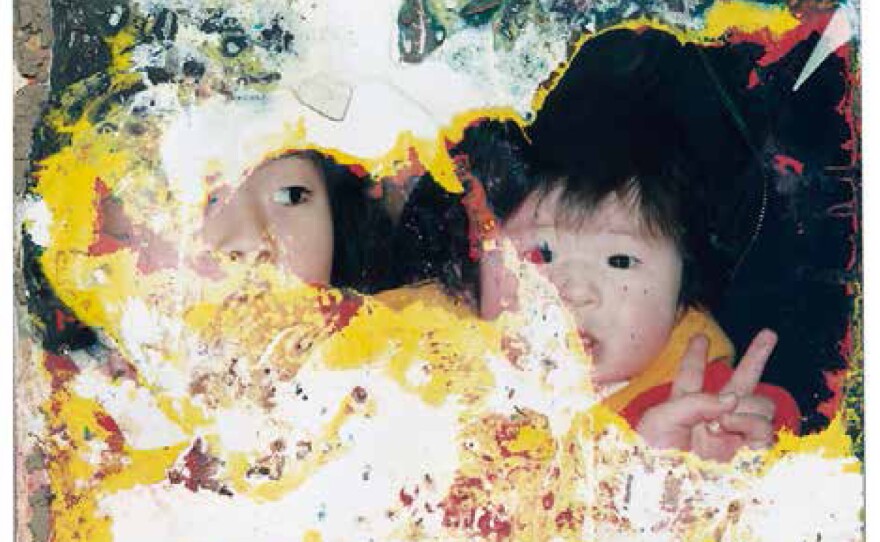
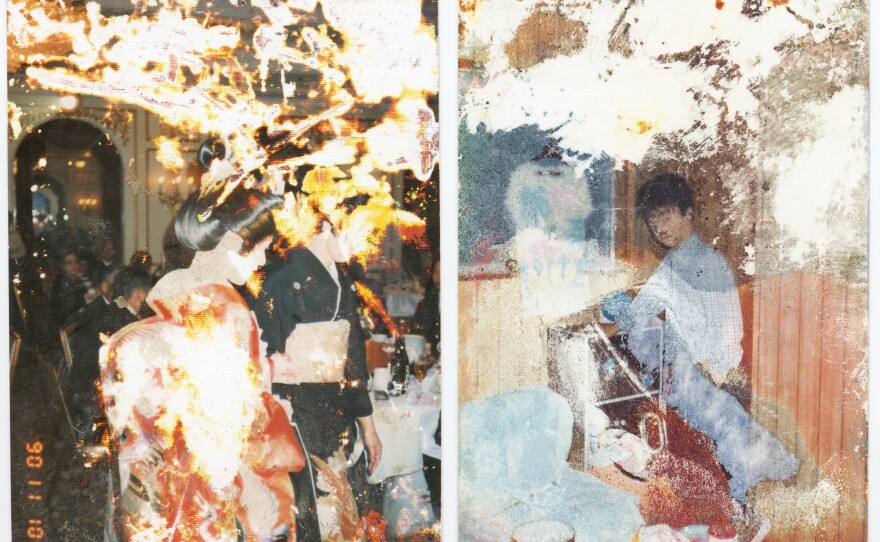
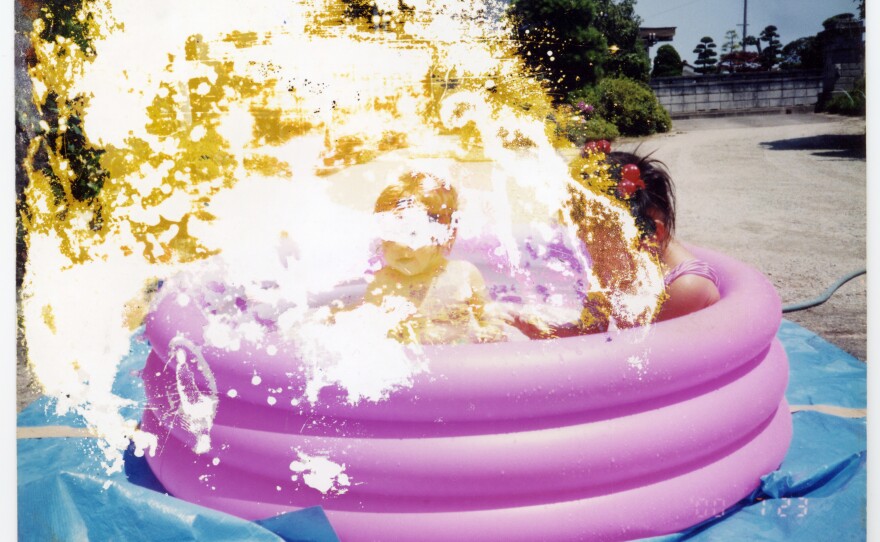
Memory Salvage digitized more than 750,000 images, and more than 460,000 have made their way back to their owners. But many were damaged beyond recognition. Takahashi put them into what he called "the hopeless box." Those photographs became part of the Lost & Found Project. Whereas Memory Salvage reveals just how important family images are by returning them, Takahashi's curation through Lost & Found recasts these damaged images as a memorial. These everyday objects have come to reflect the physical and emotional traumas of 3/11.
The severity of the discoloration and chemical swirls makes the level of devastation clear. It's not hard to imagine that the tsunami swept away the lives of people who lived there and also memories the photographs captured. However, we are left with discernable and familiar scenes: a ski trip, a class picture with rows of students and a black-and-white portrait of a couple who could have been someone's parents. When all these photos are placed together, it becomes clear why Takahashi — as well as the survivors and volunteers who made the project possible — saw the importance of collecting and sharing these images.

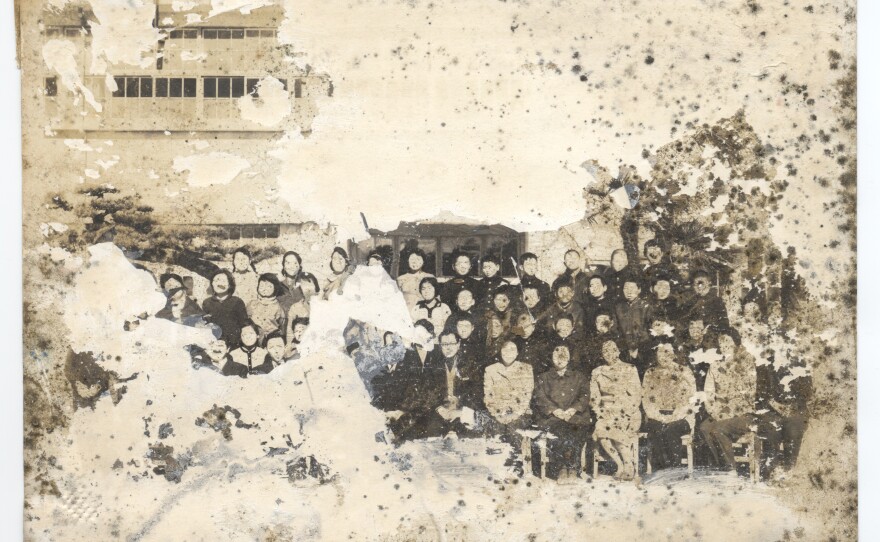
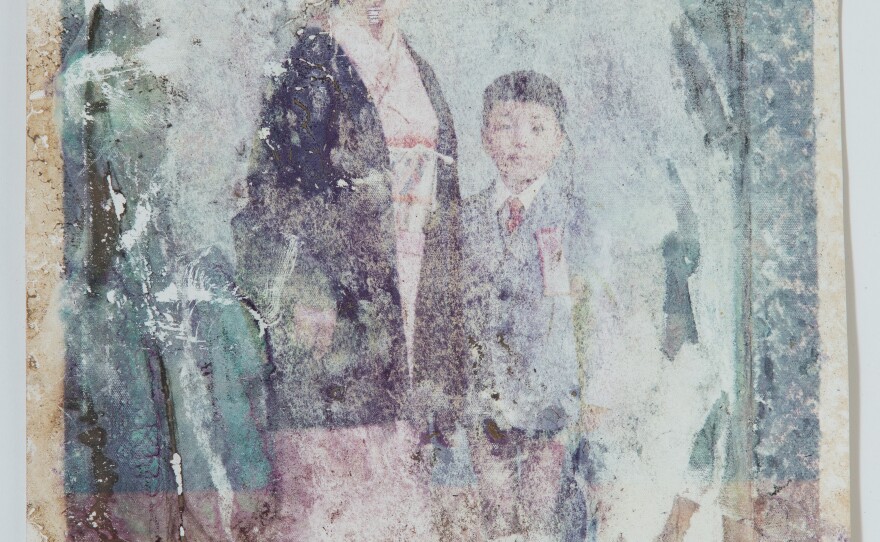

Samantha Clark is a writer and photo editor based in Washington, D.C. Follow her on Instagram: @samanthabrandyclark.
Copyright 2023 NPR. To see more, visit https://www.npr.org. 9(MDAzMjM2NDYzMDEyMzc1Njk5NjAxNzY3OQ001))


